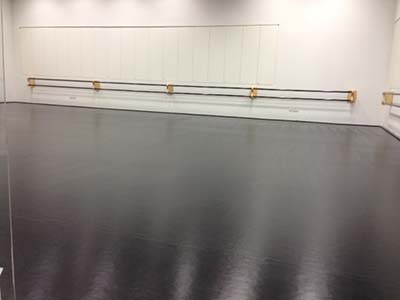Enhancing Ingenuity Through Hue Principles in Light Emitting Diode Dance Surface Creations
Enhancing Ingenuity Through Hue Principles in Light Emitting Diode Dance Surface Creations
Blog Article
Color concept is an important element of aesthetics, especially as it relates to creating LED dancing floors. The interplay of colors can significantly influence the mood and energy of a venue. Through understanding how hues work together, designers can craft an ambiance that improves the overall encounter for dancers. This article explores the fundamentals of color theory and its application in LED dancing surface layouts.
The primary colors are red, blue, and golden. These colors cannot be created by blending different hues combined. Intermediate hues, such as green, orange, and purple, are created by mixing main colors. Tertiary colors are formed by combining a main hue with a intermediate hue. Grasping these fundamental connections helps creators choose colors that complement one another and create a aesthetically pleasing show. Combining these hues on an LED dance floor can result to vibrant and stimulating effects that attract the focus of dancers.
Hue value also holds a key part in aesthetics. Colors can be categorized as warm or cool. Warm hues, such as red, orange, and yellow, tend to elicit emotions of enthusiasm and heat. In opposition, chill colors best site like blue, emerald, and violet typically create a calm and soothing atmosphere. Creators can use these color values to establish the ambiance for different types of occasions. For browse around this site example, a party environment may benefit from hot colors that energize the crowd, while a further calm event might use chill hues to offer a soothing influence.
In addition to color combinations and temperature, brightness and saturation are vital factors to take into account. Luminosity refers to how bright or dark a color looks, while intensity indicates the vividness of a color. Bright, intense hues can create a lively and energetic atmosphere, perfect for dancing floors. On the contrary hand, gentler, less saturated hues can create a more subdued environment. Through manipulating brightness and intensity, creators can draw attention to particular sections of the dance floor or establish sight pathways, guiding participants through the space.
Ultimately, it is crucial to take into account the emotional impacts of color in LED dance surface layouts. Different colors can elicit different feelings and responses. For example, red is frequently linked with zeal and energy, while blue can be soothing and peaceful. Understanding these connections enables designers to strategically use colors to affect the actions of dancers. By incorporating color principles into light-emitting diode dance surface designs, creators can improve the total encounter, rendering it unforgettable and pleasurable for everyone participating.